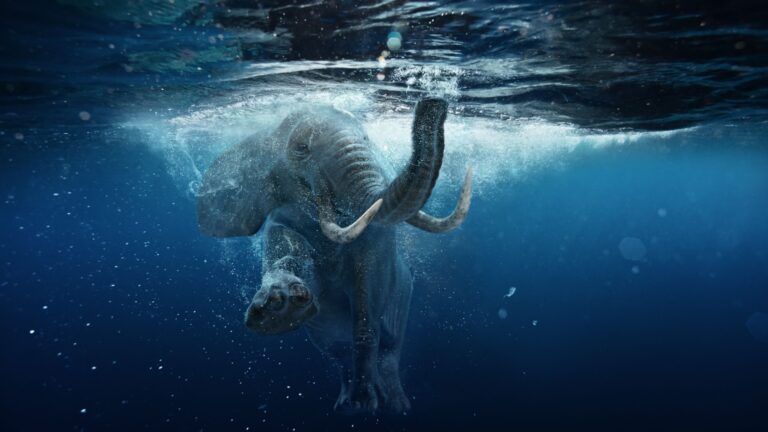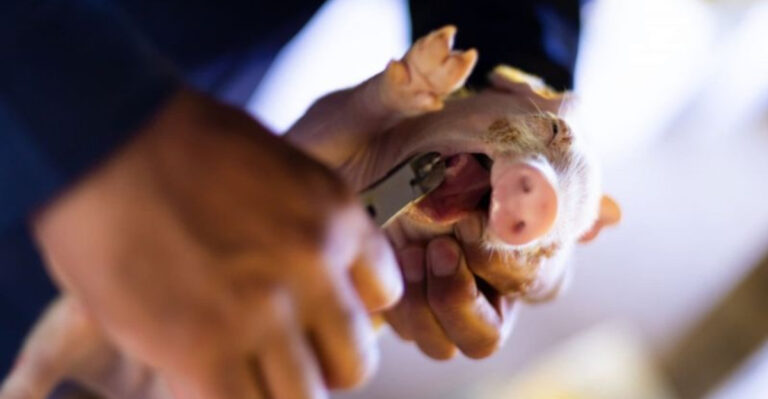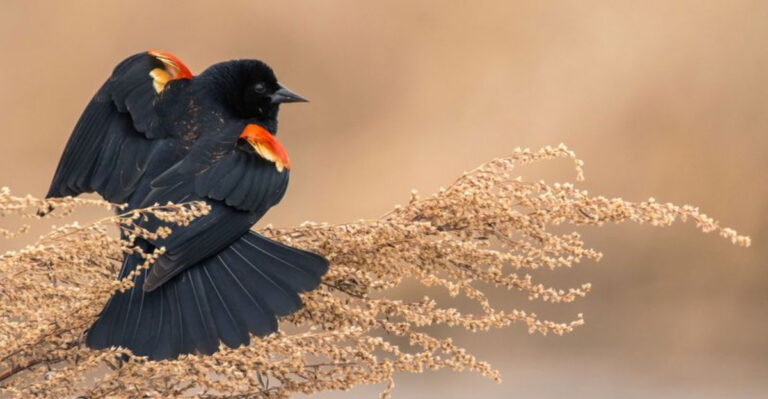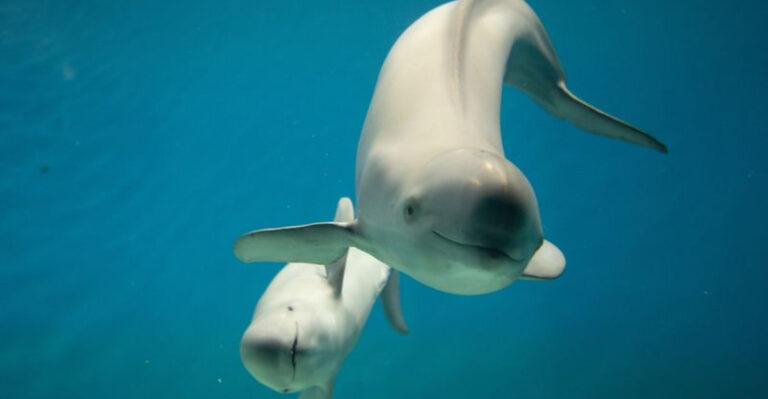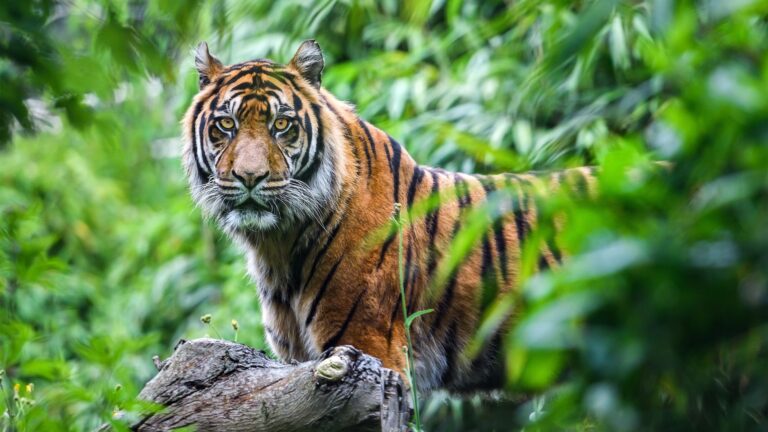Top 12 Species That Humans Have Pushed To Evolve For Survival
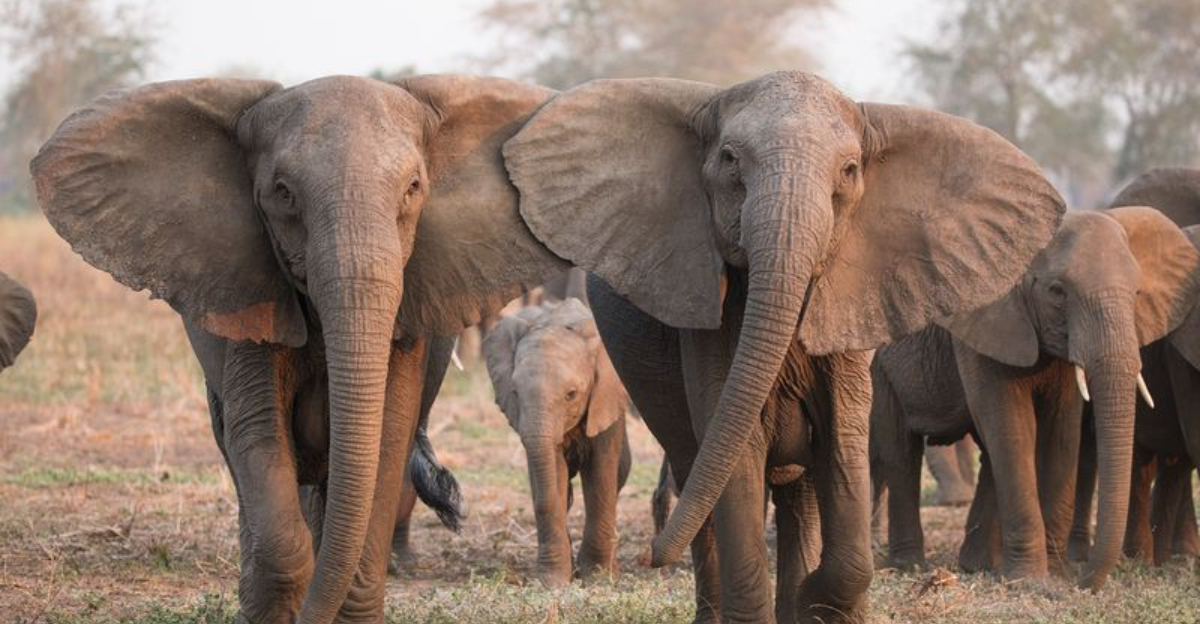
Our planet’s creatures are constantly changing to stay alive, but humans have sped up this process dramatically.
From cities to farmlands, our activities create new challenges that force animals to adapt or die. These species show remarkable changes in response to human pressures, revealing nature’s incredible ability to transform when pushed to the edge.
1. Peppered Moths
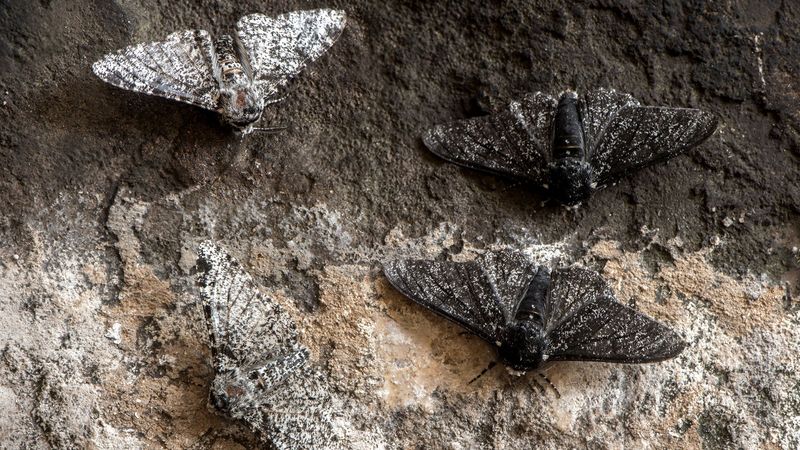
During the Industrial Revolution, tree trunks turned black with soot, exposing light-colored peppered moths to predators. Almost magically, darker moths suddenly became common.
This dramatic shift wasn’t magic but evolution in action. The darker moths survived better against bird predators when resting on sooty trees, passing their genes to offspring.
2. Elephants
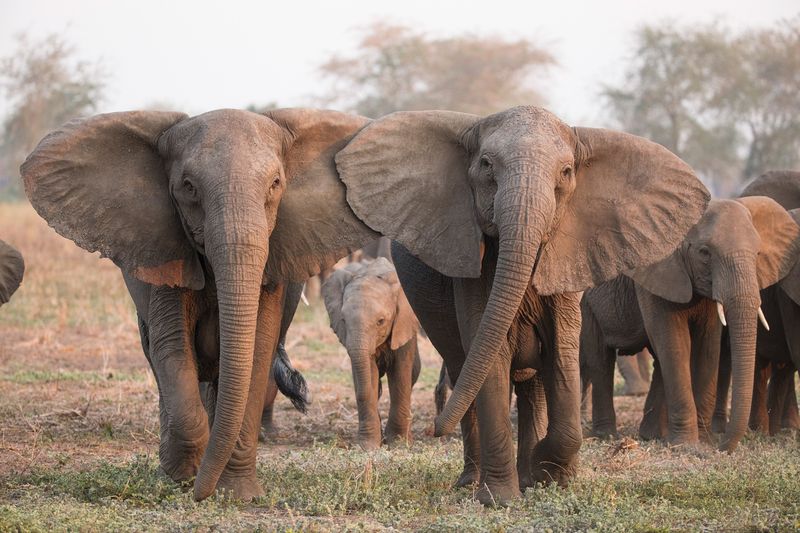
Generations of ivory hunting created a strange phenomenon – tuskless female African elephants are becoming increasingly common. In some areas hit hardest by poaching, up to 98% of females now grow no tusks at all.
This rapid genetic shift helps these giants survive human greed. Without attractive ivory, these clever animals face less hunting pressure.
3. House Sparrows
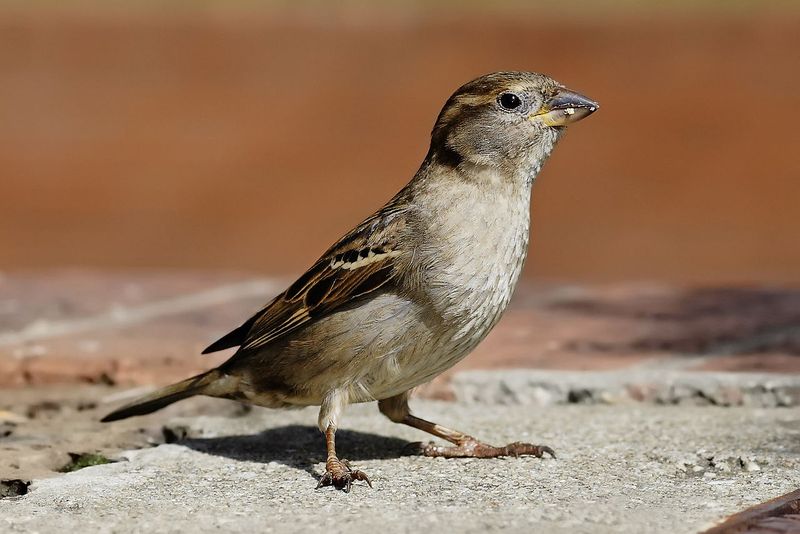
Zinc and lead from industrial pollution would poison most birds, but not these feathered city-dwellers! House sparrows living near factories have evolved special enzymes to break down toxic metals.
Their bodies now process dangerous substances that would kill their rural cousins. These adaptable birds even show differences in beak size depending on whether they eat mostly seeds or human food scraps.
4. Mosquitoes
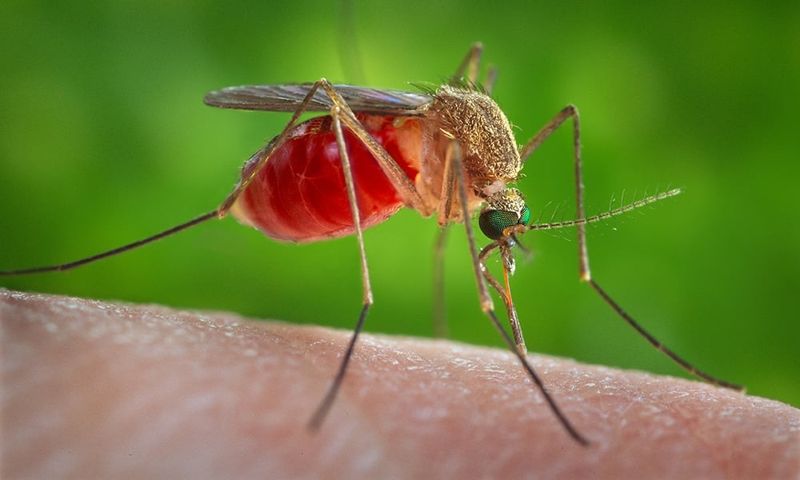
Remember when bug spray actually worked? Culex pipiens mosquitoes have developed resistance to nearly every insecticide we’ve thrown at them.
Some populations can now survive doses 1,000 times stronger than what would kill their ancestors. These bloodsuckers have even adapted to city life by breeding in tiny water puddles and staying active year-round in subway tunnels.
5. Atlantic Cod
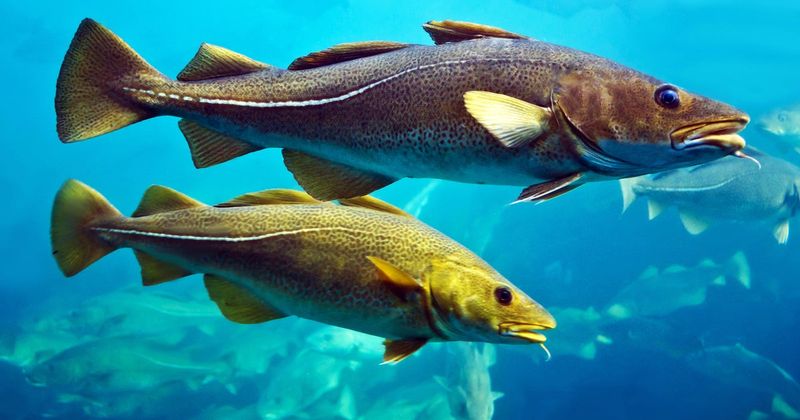
Fishing nets have dramatically changed these ocean dwellers. Commercial fishing typically catches the biggest fish, leaving smaller ones to reproduce.
After decades of this pressure, Atlantic cod now mature at half their historical size and age. They reproduce earlier but grow much smaller. This rapid evolution has happened in just 40 years – lightning speed in evolutionary terms.
6. Cane Toads
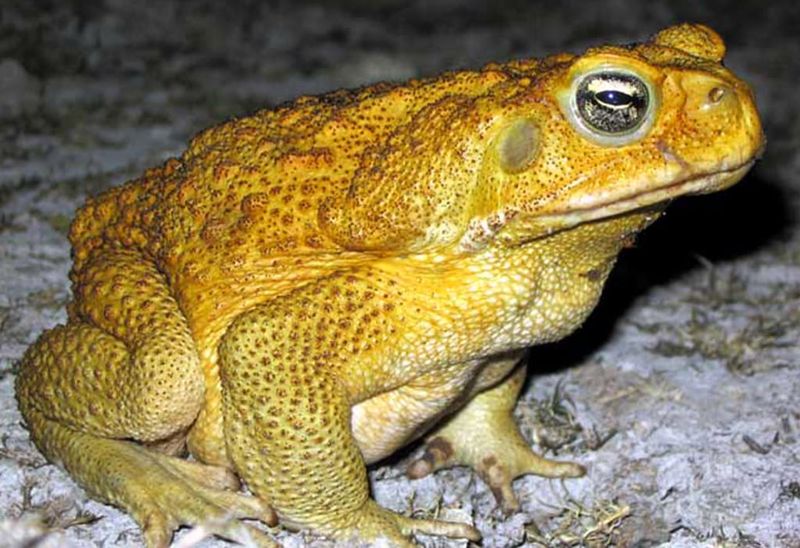
Accidentally released in Australia to control beetles, these toxic invaders are evolving longer legs and greater endurance. The fastest toads reach new territories first, mate with other speed demons, and produce super-fast offspring.
Scientists found the invasion front toads can move 10 times farther than their ancestors could just 85 years ago. Their bodies are becoming more streamlined for their cross-country journey.
7. Cliff Swallows
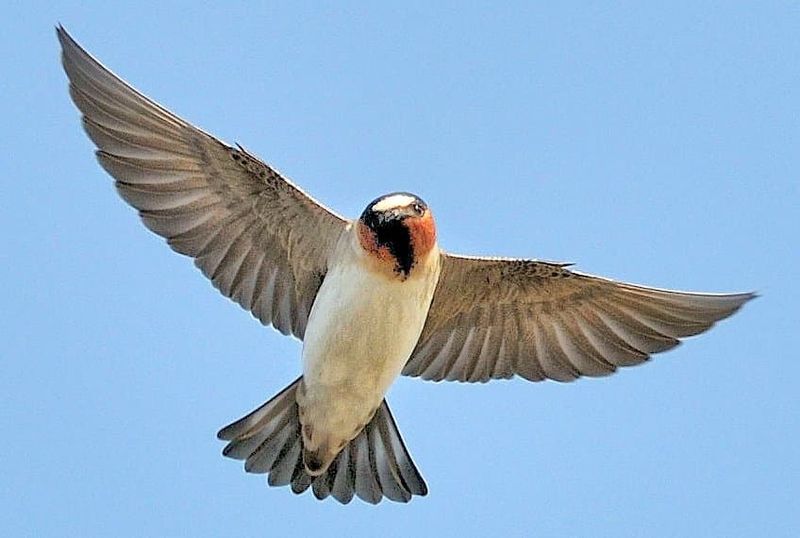
Roadkill counts revealed something surprising – fewer cliff swallows were becoming road pancakes despite population increases. Researchers discovered surviving birds had evolved shorter wings for quicker takeoffs and better maneuverability around traffic.
This wing change happened in just 30 years. The birds’ nesting habits near highways created intense selection pressure, with poor flyers quickly removed from the gene pool.
8. Coyote
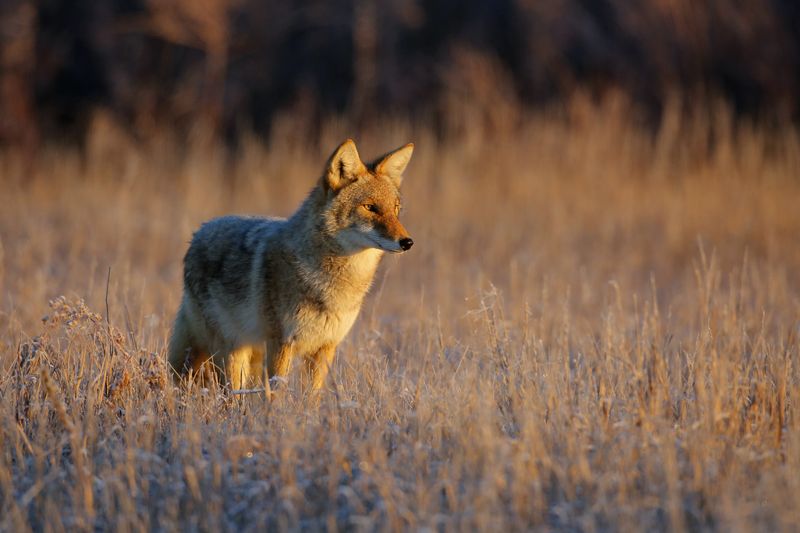
Rural coyotes hunt during dawn and dusk, but their city cousins have flipped to night shifts to avoid human encounters. Urban coyotes have evolved to be more solitary and secretive, developing different hunting strategies focused on cats, rats, and garbage.
Their bodies are changing too – with stronger jaws for opening trash cans and different gut bacteria to digest our food waste and processed meats.
9. New York’s Super Mice
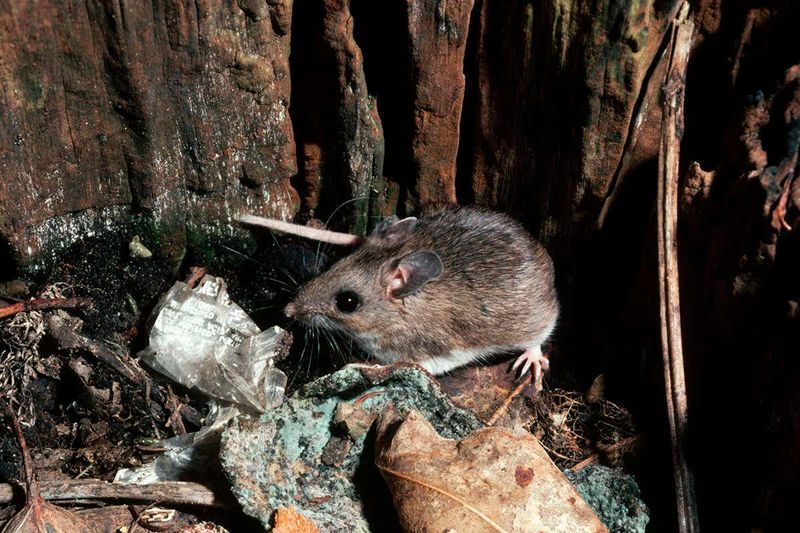
Manhattan’s white-footed mice have developed genetic changes to handle urban toxins, processed foods, and extreme temperature swings. Unlike their country relatives, city mice show altered immune responses and metabolism.
Most fascinating is how these mice have evolved into distinct populations in each city park. With streets acting as barriers, mice in Central Park are now genetically different from those in nearby Bryant Park.
10. Bed Bugs
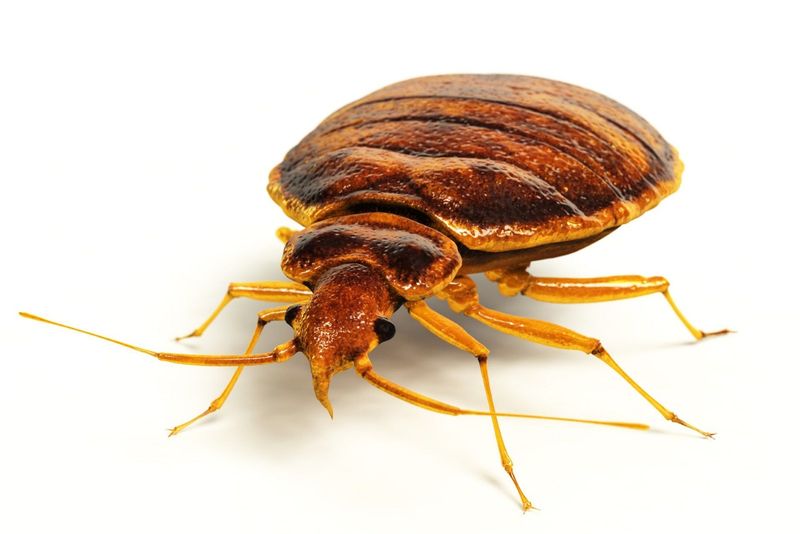
Nearly wiped out by DDT in the 1950s, bed bugs have returned with super-thick skin that blocks insecticides. They’ve developed enhanced detoxification enzymes that break down chemicals before they cause harm.
Some populations have evolved special nerve cell mutations that prevent insecticides from attacking their nervous systems. These persistent pests have even changed behavior, becoming more active at night when humans are sleeping deeply.
11. Salmon
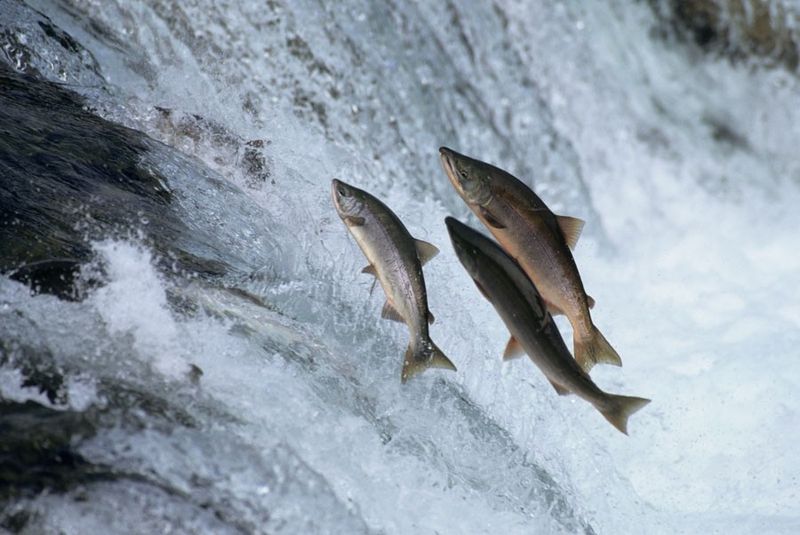
Warming waters have forced salmon to adjust their migration schedules dramatically. Some populations now return to spawning grounds weeks earlier than they did 40 years ago.
Their bodies are changing too, with different temperature tolerances and immune responses. Hydroelectric dams create another pressure – salmon in dammed rivers have evolved deeper bodies and stronger muscles to navigate fish ladders and artificial waterways.
12. Urban Blackbirds
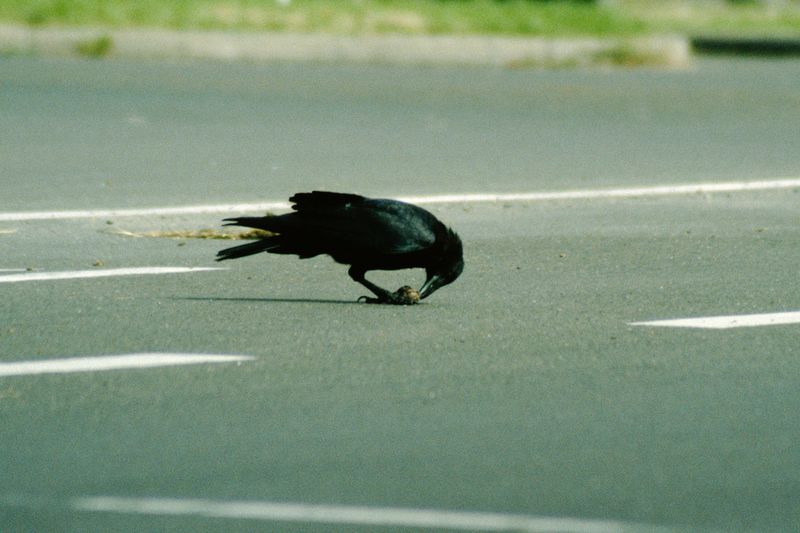
Artificial lighting has created a new schedule for European blackbirds. City birds now sing earlier, breed earlier, and molt earlier than their forest cousins.
Their bodies show genetic changes affecting sleep patterns and light sensitivity. Urban blackbirds have also evolved to sing at higher pitches to be heard above traffic noise, with some populations developing shorter wings for better maneuverability between buildings.

